Is Traditional Chinese Medicine (TCM) Suitable for Stroke Patients? Exploring the Role of TCM in Stroke Treatment

A stroke, is an acute condition where brain tissue is damaged due to either a blocked blood vessel (ischemic stroke) or a ruptured vessel (hemorrhagic stroke).
Stroke is a disease with high rates of disability, recurrence, and mortality. So, is TCM suitable for stroke patients? This article will explore this question from the perspectives of TCM theory, TCM treatment methods, and practical efficacy.
How Does TCM View Stroke?
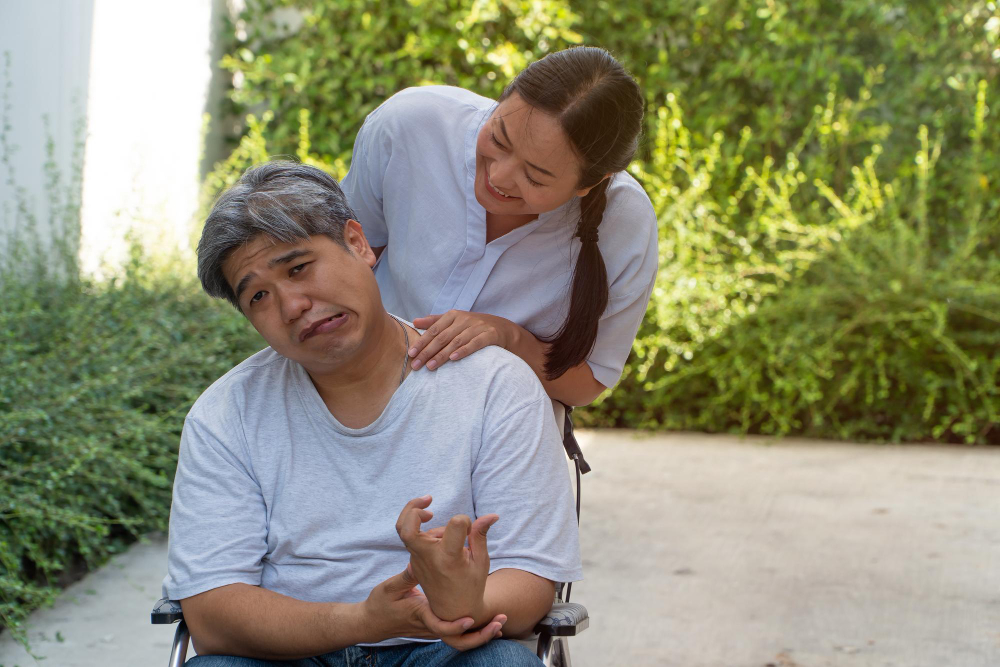
In TCM, stroke is believed to be closely related to factors such as liver wind agitating internally, phlegm and dampness obstruction, Qi and blood deficiency, and imbalance between Yin and Yang. The causes are thought to stem from the interaction of internal and external factors, with common internal causes including emotional disturbances, liver and kidney yin deficiency, and Qi and blood stagnation, while external causes may involve invasion by wind, cold, and dampness.
TCM divides strokes into two categories: “attack on the meridians” and “attack on the internal organs.” The former has milder symptoms such as hemiplegia, speech difficulties, and facial numbness, while the latter is more severe and may include coma and paralysis. TCM emphasizes holistic regulation, using methods like boosting vitality, unblocking the meridians, calming the liver, and extinguishing internal wind to help patients recover.
TCM Methods for Treating Stroke
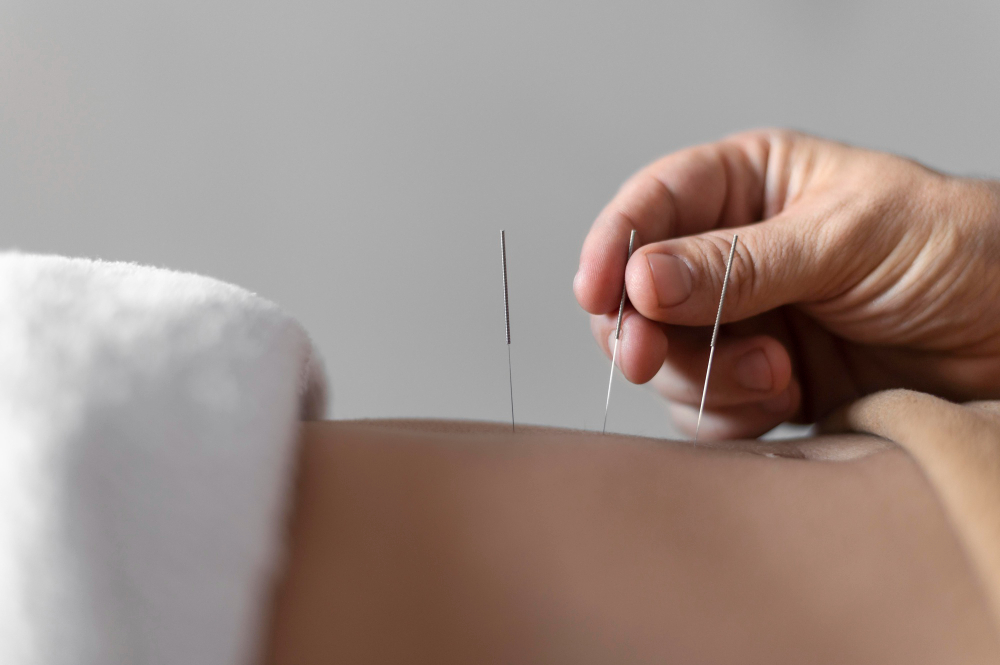
1. Acupuncture Therapy:
Acupuncture is a key method in TCM stroke treatment. Stroke patients often experience hemiplegia and numbness in limbs, and acupuncture helps restore neurological function by stimulating meridians and regulating Qi and blood. Modern acupuncture techniques such as electroacupuncture and scalp acupuncture are also increasingly used in stroke rehabilitation.
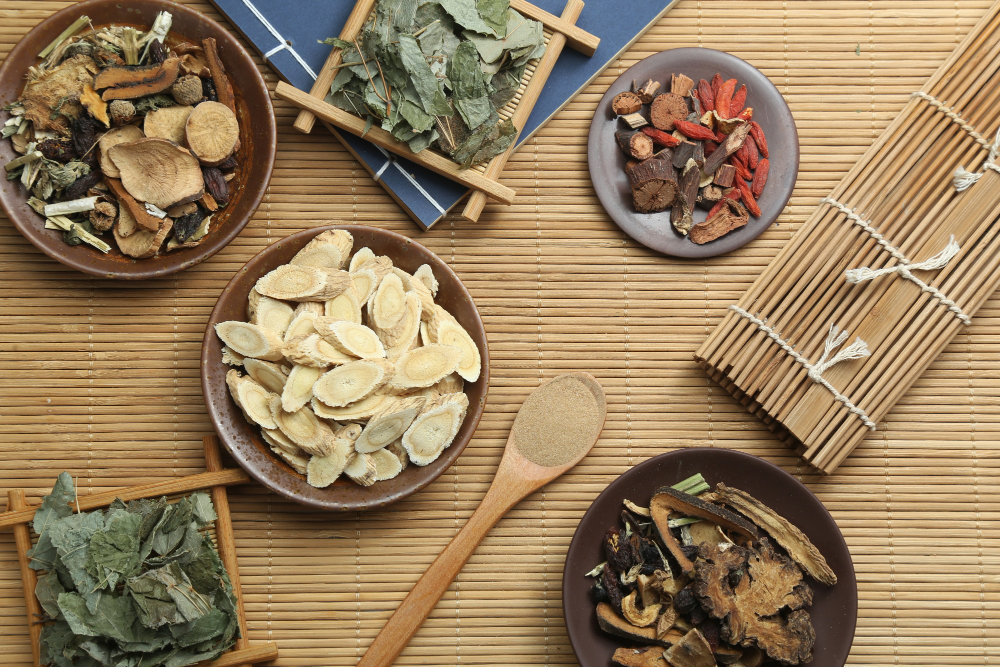
2. Herbal Medicine:
Chinese herbal medicine plays a broad role in stroke prevention, treatment during the acute phase, and recovery period. TCM treatment focuses on syndrome differentiation and treatment, prescribing different herbal formulas based on the patient’s specific symptoms and constitution.
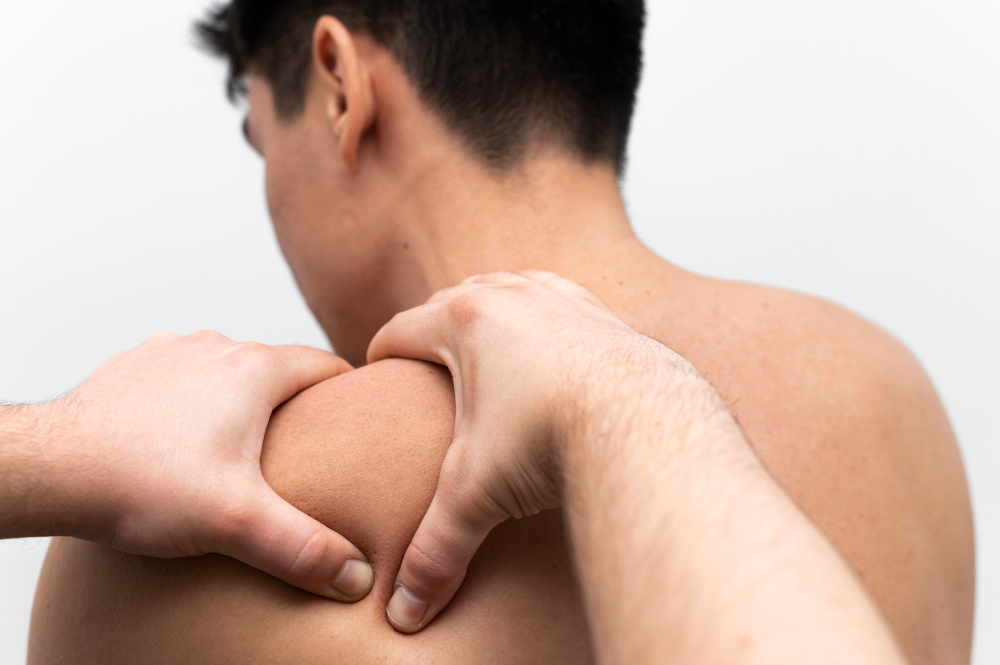
3. Tuina and Rehabilitation Exercise:
During stroke rehabilitation, Tuina helps promote blood circulation, reduce muscle stiffness, and improve limb weakness. TCM emphasizes the combination of movement and rest, recommending functional exercises alongside rest to help patients regain mobility. This type of rehabilitation therapy can be effective in reducing stroke-related sequelae.
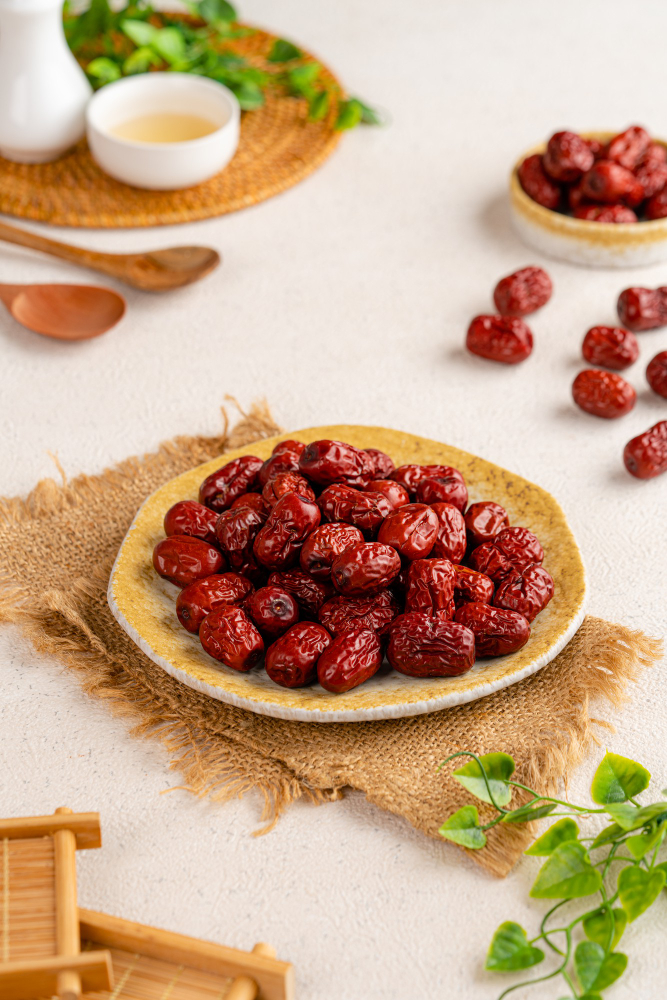
4. Diet Therapy and Health Maintenance:
TCM advocates “the same source for medicine and food,” meaning that dietary adjustments can help improve physical conditions during stroke recovery. For example, foods rich in fiber and vitamins like red dates and goji berries help nourish Qi and blood and tonify Yin. Avoiding high-fat and high-salt diets can help manage stroke risk factors like high blood pressure and high cholesterol.
Advantages of TCM in Stroke Treatment
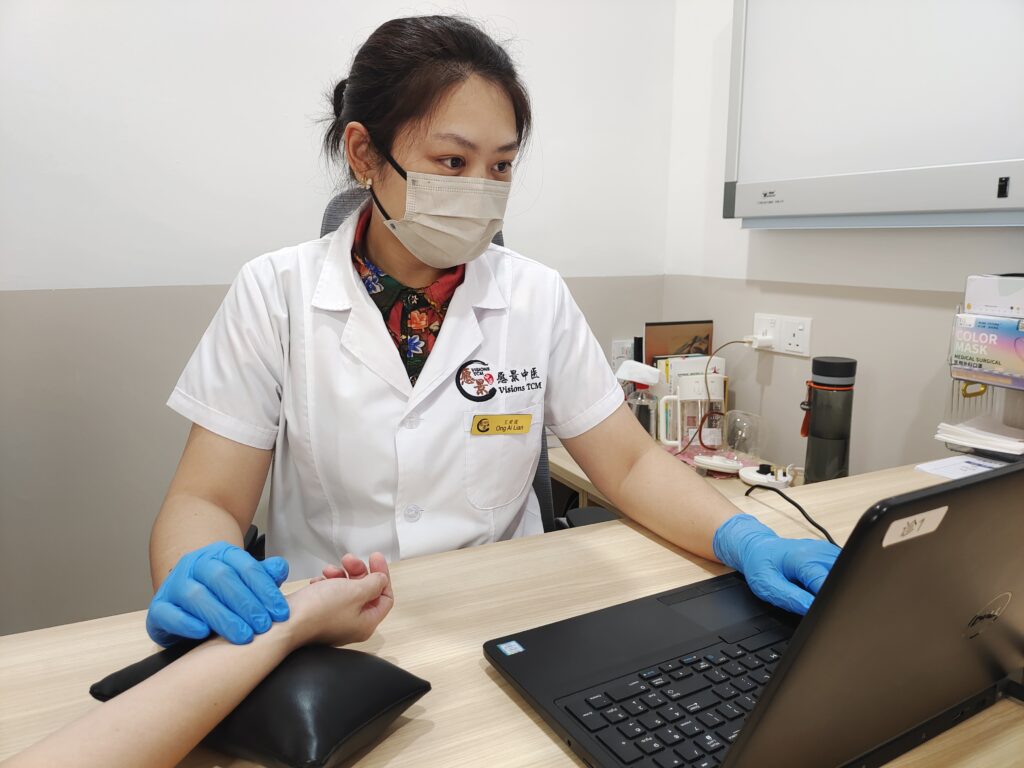
- Holistic Regulation: TCM focuses on regulating the entire body, aiming to balance Yin and Yang and boost the body’s self-healing ability. During stroke rehabilitation, TCM can help patients gradually regain physical function and reduce the occurrence of sequelae through holistic regulation.
- Fewer Side Effects: Compared to certain Western medications, TCM has relatively fewer side effects, especially during the recovery phase after stroke, and can better regulate and protect the patient’s physical functions.
- Personalized Treatment: TCM’s principle of syndrome differentiation allows for flexible adjustment of treatment plans based on changes in the patient’s condition and constitution. This personalized approach offers unique advantages in stroke rehabilitation, better meeting the needs of different patients.
Who is Suitable for TCM Stroke Treatment?
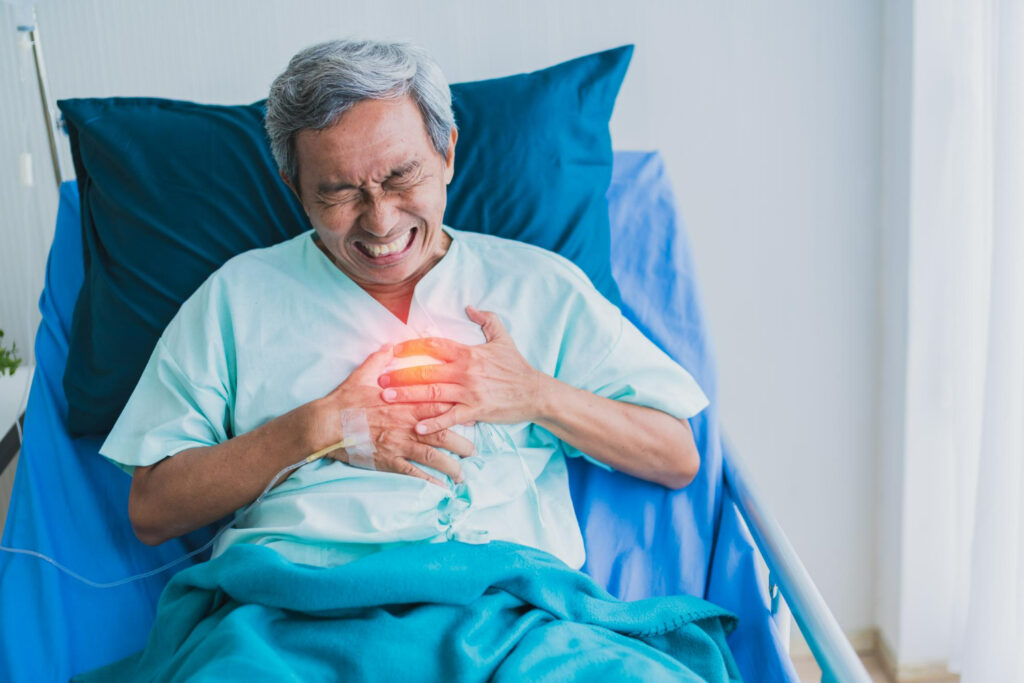
While TCM has certain advantages in stroke rehabilitation, not all stroke patients should rely solely on TCM.
Patients experiencing acute strokes should immediately seek Western medical emergency treatment to minimize brain damage.
After the acute phase, especially during the recovery period, TCM’s complementary role becomes more prominent. In particular, patients with stroke sequelae, weakness, or chronic conditions may benefit from TCM, including herbal medicine and acupuncture, to help restore their health.
Conclusion
Stroke is a serious disease, and early emergency treatment is crucial for a good prognosis. During stroke rehabilitation, TCM can aid in recovery and help reduce sequelae through holistic regulation, acupuncture, and herbal treatments. Therefore, stroke patients can benefit from TCM treatment after the acute phase. However, in the process of TCM treatment, should be followed TCM’s advice to ensure the best results and improve the patient’s quality of life.
此文章还有以下语言版本:
![]() 简体中文 (Chinese (Simplified))
简体中文 (Chinese (Simplified)) ![]() Melayu (Malay)
Melayu (Malay)



